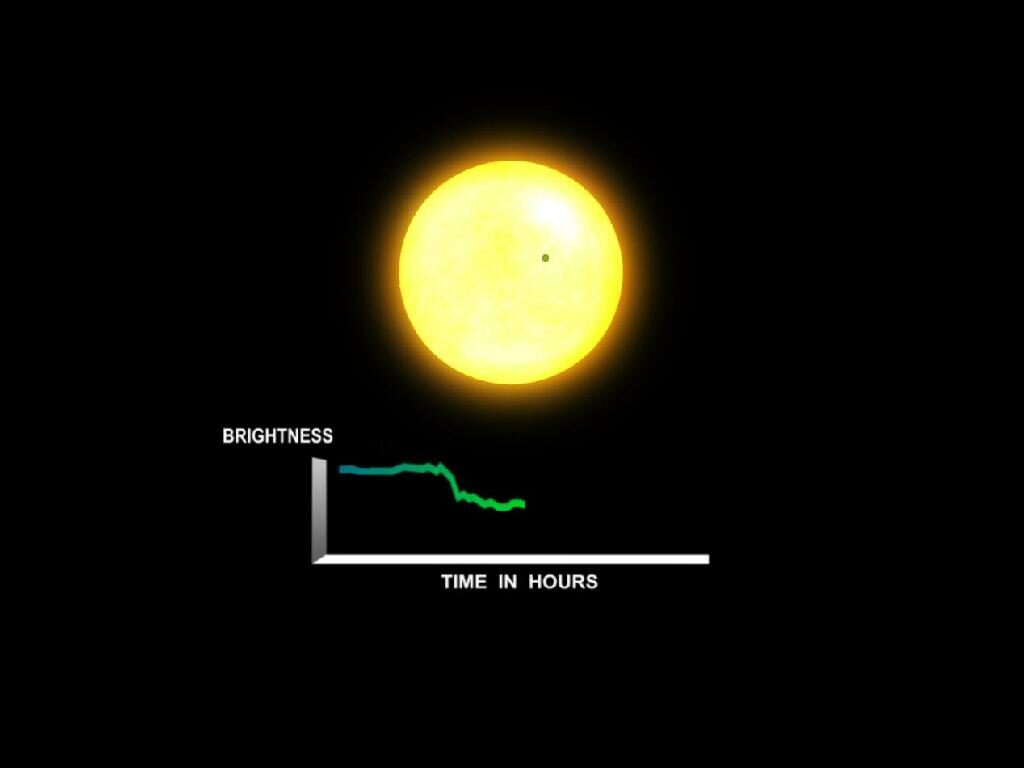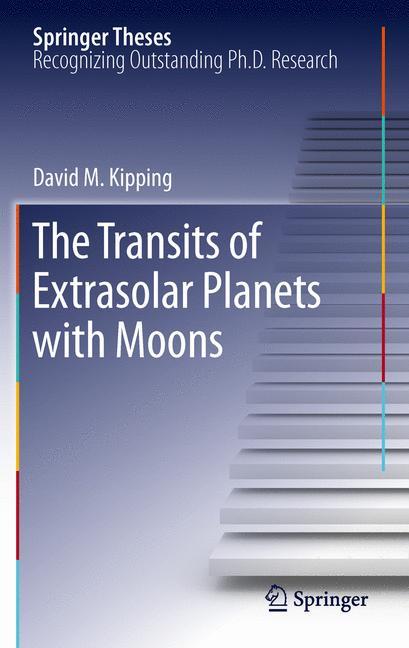The most common methods for finding exoplanets are transit and radial velocity.
How it works:
The transit method takes advantage of the fact that a planet passing between us and its star obscures part of the star. This causes its total brightness to go down a little bit, which can be measured with telescopes on Earth. So one looks for periodically recurring small brightness variations in the starlight.
Most known exoplanets have been discovered using the transit method.

Animation:
An animation of this method can be viewed here.
The first detection of an exoplanet with the transit method:
HD 209458 b in 1999 was the first exoplanet detected by the transit method. It is an exoplanet located 160 light-years from Earth around the star HD 209458, unofficially named Osiris by its discoverers after the ancient Egyptian god of fertility and the dead.
The planet has a mass one third less than Jupiter, but its diameter is 1.3 times larger than Jupiter’s due to the heated atmosphere caused by its proximity to the host star.

In 2003, with the help of the Hubble Space Telescope, it was observed that the atmosphere of Osiris “evaporates” due to its proximity to the host star and forms a tail, similar to that of a comet. Oxygen and carbon in the form of carbon dioxide and methane could be detected in the atmosphere of the planet. Read more about it here.

Interesting questions on the topic:
Q: With which type of telescope is the transit method performed?
A: With high resolution spectroscopy. This can also be used to study the composition of the planet’s atmosphere.
Q: Which parameter is obtained by the transit method?
A: The planet’s cross section area determines how strongly the starlight is dimmed – that means that using this method we can determine a planet’s radius. The timing of the periodic darkening gives us the planet’s orbital period. Additionally, during the transit the planet’s atmosphere alters the starlight passing through it by absorbing some wavelengths. Thus, using sufficiently precise measurements of the stellar spectrum both during and outside the transit, we can find out about the planet’s atmosphere.
Q: How many transits are needed to calculate the period of the exoplanet?
A: The lower limit is two transits to confirm that the dimming recurs. Practically, however, more are needed to be sure that the dimming is not caused by other effects, as well as to characterize any orbital perturbations or the effects of multiple planets around the same star, and simply to reduce measurement uncertainty.
Q: Which planets are particularly suitable for the transit method?
A: The bigger the planet compared to its star, the more it obscures and the easier it is to measure the periodic darkening. Thus, big planets like Jupiter (11 times the radius of Earth) are easier to discover than Earth-sized ones or smaller, and small stars like M-Dwarves are well suited as observation targets.
Additionally, the closer a planet is to the star, the hotter and therefore inflated it is. This is one reason why planets close to their star are more easily observed. The other is that a small orbital distance means small orbit times, and thus we do only have to observe its star for a relatively short time to see the recurring transit.
Finally, with the transit method we can only detect planets with orbits between us and their star, so effectively systems we look onto “from the side”.
Recommended book:

The Transits of Extrasolar Planets with Moons
David M. Kipping
Publisher: Springer Verlag
ISBN: 978-3-642-22268-9
Find more books to the topic exoplanets and astronomy for children, amateurs and scientists in our booklist.
Get back to the outreach page
